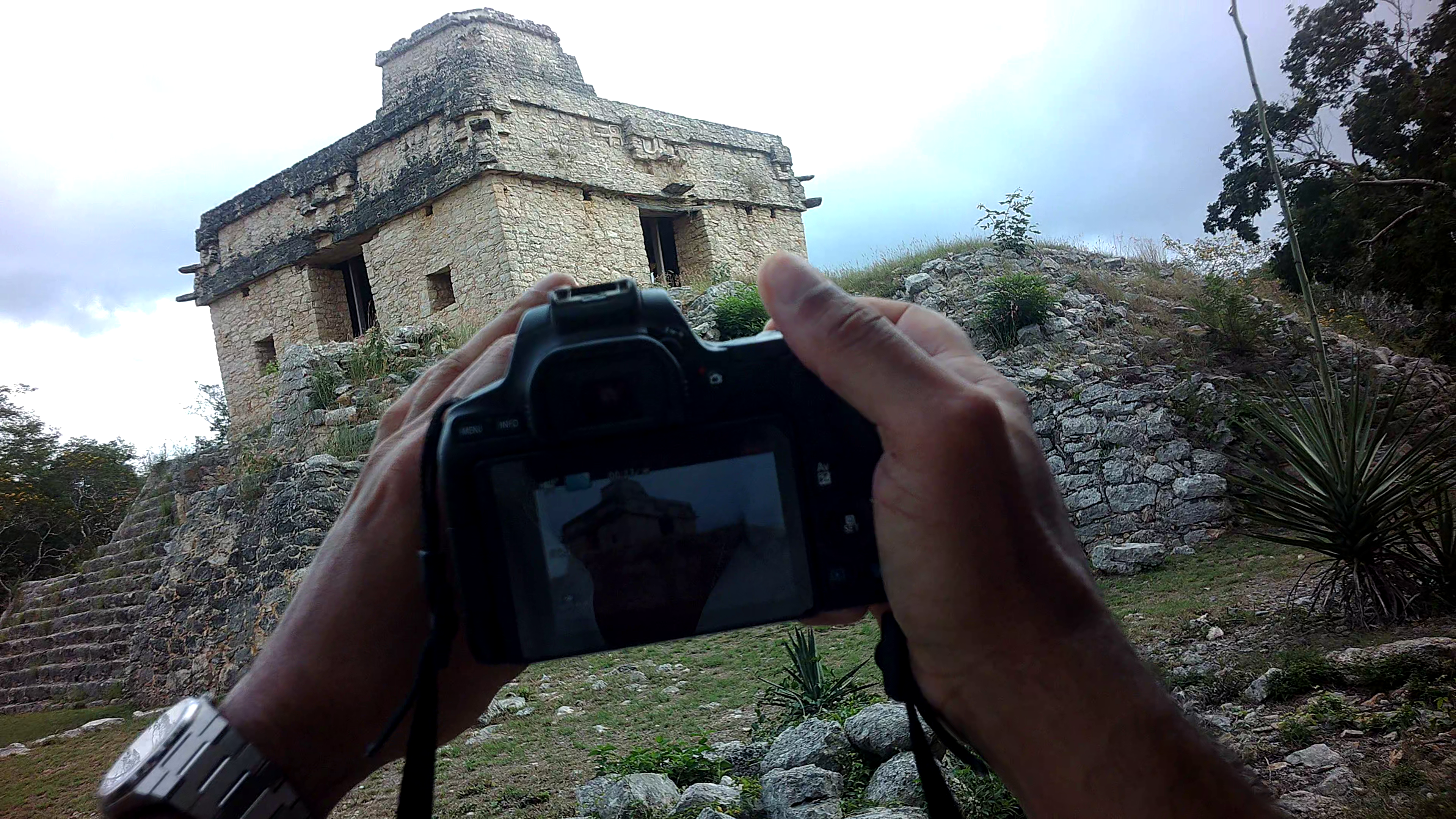The Dzibilchaltun Ruins

While I was looking to elevate my workout routine with some biking adventures around my current locale, I stumbled upon an app called AllTrails. To my surprise, it revealed that I was only half an hour's bike ride away from an ancient Mayan ruin. It was a bit startling to realize that I was living so close to such a historical site, yet had been unaware of its existence.
The site is Dzibilchaltún, once the capital of all Mayan cities on the Northern Yucatan Peninsula. This ancient city, covering approximately 12 square miles/19 square kilometers, was home to an estimated 40,000 people. Dating back to as early as 500 B.C., it is among the oldest sites on the Yucatan Peninsula.
The first organized excavations of this site were carried out in 1956 by the National Geographic Society and the Middle American Research Institute of Tulane University. Today, the main attraction at Dzibilchaltún is the Temple of the Seven Dolls, renowned for the sun shining through its doorway on the spring equinox.
Dzibilchaltun was once a major Maya trade center, particularly for sea salt. The site consists of three main plazas in addition to the Temple of the Seven Dolls, with other structures and platforms scattered throughout.
Not only is Dzibilchaltún a historical site, but it is also a National Ecological Park. The site features a museum with various stone monuments and statues from the area.
Among its natural features is the Xlacah Cenote, which served as a source of drinking water. The South Plaza underwent restoration in the early 2000s and includes a ball court among other structures. Plaza 3, currently closed to visitors, has a high pyramid as its main structure.
Reach out to Ramiro to inquire about guided tours
Comment on my Blog
No comments yet! Be the first to post a comment.
Suggested Links































